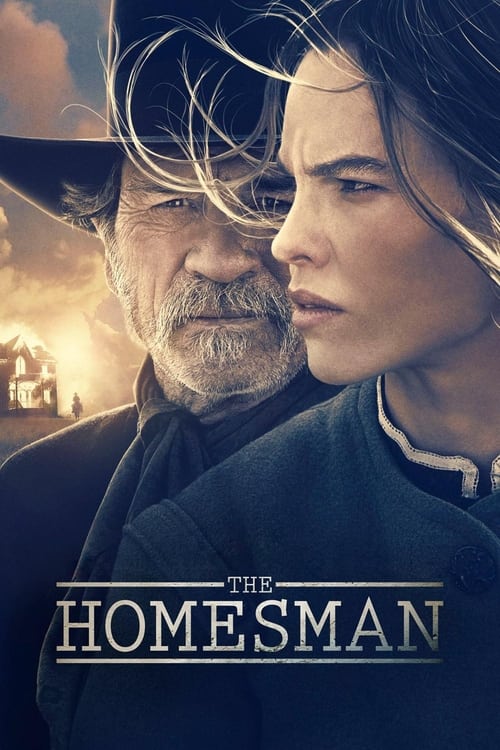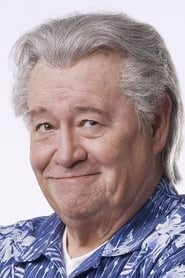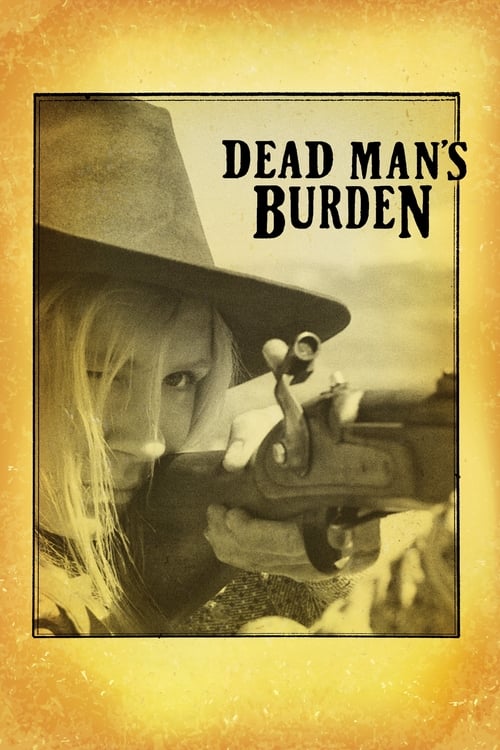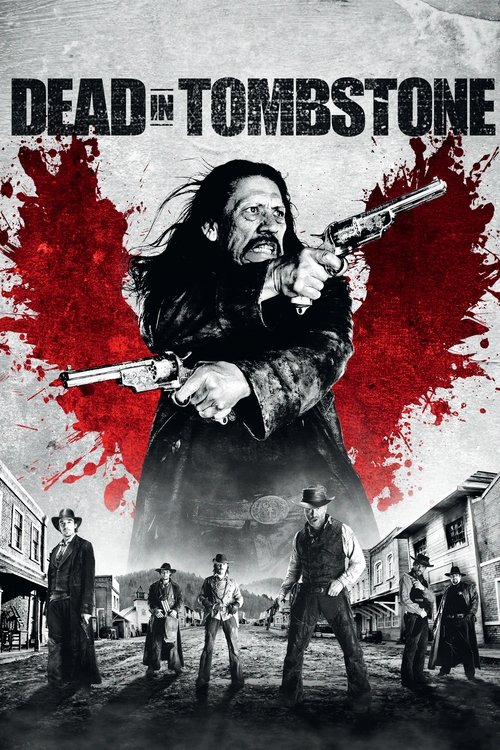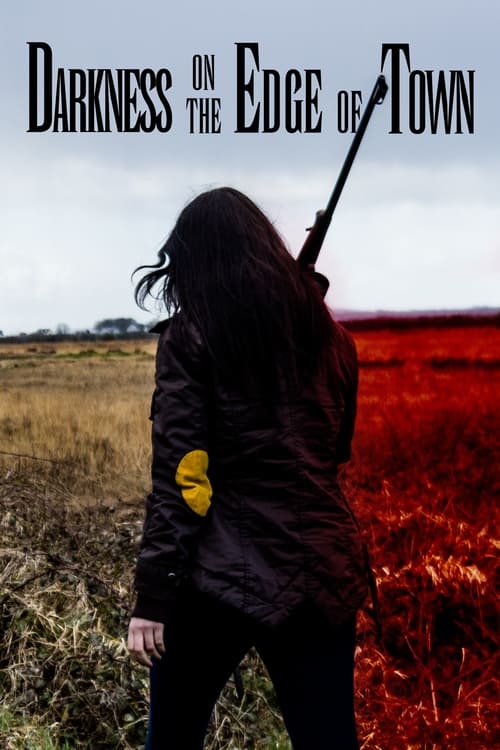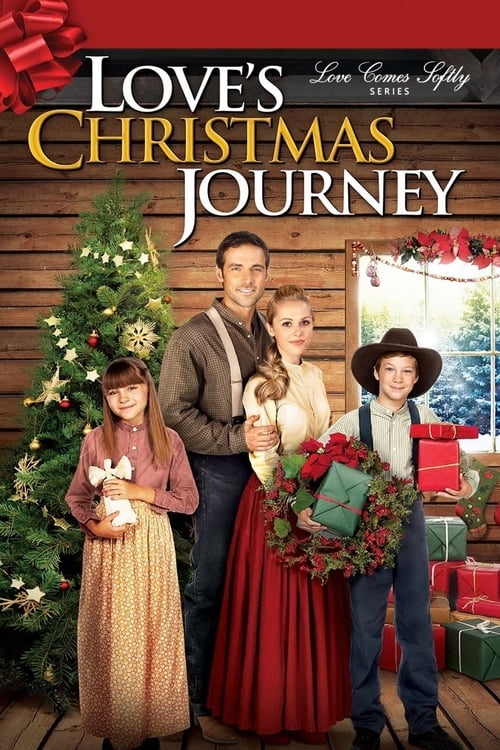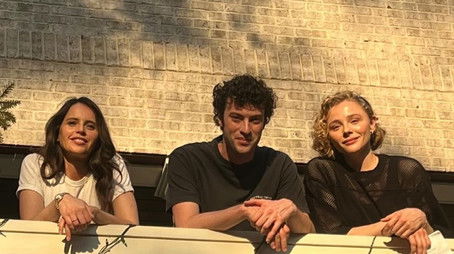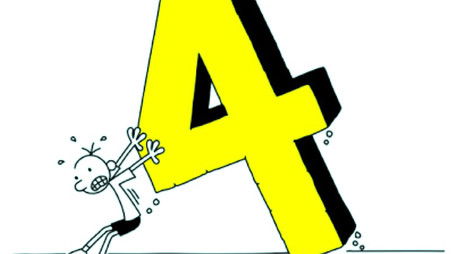
Ask Your Own Question
What is the plot?
As the harsh winter of 1854 slowly recedes in the Nebraska Territory, Mary Bee Cuddy, a determined and independent 31-year-old spinster, tends to her farm alone. Originally from upstate New York, she moved west for better opportunities, leaving behind the comforts of her past life. Mary Bee is a former teacher who has adapted to the rugged frontier, but her loneliness is palpable. She spends her evenings playing hymns on a cloth keyboard, a poignant reminder of her longing for culture and connection in this desolate landscape.
One day, Mary Bee decides to propose marriage to a neighboring farmer, presenting it as a practical business arrangement. However, he bluntly rejects her, calling her "too bossy and too damn plain." This rejection stings, but Mary Bee does not let it deter her from her daily tasks. She continues to work on her farm, her resilience and determination evident in every aspect of her life.
Meanwhile, three local women--Arabella Sours, Theoline Belknap, and Gro Svendsen--have succumbed to "prairie madness," a condition brought on by the harsh realities of frontier life. Their mental states have deteriorated, making them unable to care for themselves. Reverend Dowd, a local minister, arranges for them to be transported to a Methodist church in Hebron, Iowa, where they can receive proper care. However, the men in the community are unwilling to undertake this dangerous task, leaving the responsibility to fall on Mary Bee.
Mary Bee sets out to find a homesman--a person tasked with escorting individuals back to their homes--to assist her on this perilous journey. Her search leads her to George Briggs, a claim jumper caught by vigilantes with a noose around his neck. Mary Bee rescues him, offering $300 to help escort the three women to Iowa. Briggs is a rough, drunken drifter, initially reluctant but motivated by the promise of money.
As they begin their journey, Mary Bee and George Briggs face numerous challenges. The covered wagon, equipped with iron rings to restrain the women if necessary, becomes a symbol of the harsh realities they must confront. The vast, unforgiving prairie stretches before them, filled with dangers both human and natural.
During their travels, the group encounters hostile Pawnee Indians in the Pawnee Territory. Briggs bribes them by giving up Mary Bee's horse to avoid violence. However, Arabella is soon kidnapped by a Pawnee man. Briggs chases after them, leading to a violent confrontation. In the ensuing scuffle, Arabella manages to kill her kidnapper, revealing her resilience and survival instincts.
Later, the group comes across the desecrated grave of an 11-year-old girl. Mary Bee insists on stopping to restore the grave, symbolizing respect for the dead and the harshness of frontier neglect. Briggs, however, is more concerned with reaching their destination and wants to push on. Mary Bee decides to stay behind and restore the grave, planning to catch up with the group later.
After restoring the grave, Mary Bee sets out alone but becomes lost in the vast prairie, riding in circles for two days. This ordeal takes a significant toll on her mental state, and she becomes increasingly distraught. Eventually, she finds her way back to the group after another night of riding.
Upon rejoining Briggs, Mary Bee proposes marriage to him, hoping to find companionship and stability. However, Briggs declines, stating he "ain't no farmer." That night, she asks him to sleep with her, which he agrees to reluctantly. This moment highlights the complexity of their relationship, filled with mistrust and emotional vulnerability.
The next morning, Briggs wakes to find Mary Bee dead, having hanged herself during the night. He is devastated and blames the three women for her death, burying her body in the prairie. Briggs takes the $300 and a horse, deciding to abandon the women. However, they follow him on foot, determined to reach their destination.
As they pursue Briggs, Arabella nearly drowns while chasing him across a river. Briggs saves her, showing a moment of compassion that contrasts with his earlier actions. Despite this, he decides to continue on to Iowa alone, leaving the women behind. This decision marks a somber and unresolved ending, reflecting the brutal realities of frontier life and the societal neglect of women during this period.
In the end, Briggs's journey with Mary Bee has changed him, but he ultimately returns to his old ways, symbolizing the enduring patriarchal norms of the American West. The film concludes with Briggs heading west, away from the civilization and safety of Iowa, leaving behind the women and the memories of Mary Bee Cuddy, whose life and death serve as a poignant reminder of the hardships faced by women in the frontier era.
What is the ending?
In the ending of "The Homesman," Mary Bee Cuddy, after a harrowing journey, ultimately decides to take her own life after delivering the three women to safety. Meanwhile, George Briggs, who had been her reluctant companion, is left to reflect on the choices made and the harsh realities of life on the frontier.
As the film draws to a close, Mary Bee Cuddy and George Briggs arrive at the town of Valediction, where they are to deliver the three women who have been driven mad by the hardships of pioneer life. The women, including the deeply troubled Arabella, are taken to a church where they will be cared for. Mary Bee, having fulfilled her mission, feels a profound sense of emptiness and isolation.
In a poignant scene, she confronts her own loneliness and the societal rejection she has faced as an independent woman. After a brief moment of connection with George, who expresses gratitude for her efforts, Mary Bee is overwhelmed by her internal struggles. She walks away from the town, heading into the vast, desolate landscape.
In a final, heart-wrenching moment, Mary Bee takes her own life, leaving behind the harsh realities of her existence. George, who has been left behind, discovers her body and is filled with regret and sorrow. He reflects on the journey they shared and the sacrifices made, ultimately left to navigate the unforgiving world alone.
The film concludes with George Briggs, now alone, contemplating the weight of their experiences and the stark realities of life on the frontier. The final scenes emphasize the isolation and struggles faced by women like Mary Bee, as well as the harshness of the world they inhabit.
In summary, Mary Bee Cuddy's fate is tragic; she succumbs to her despair after fulfilling her mission. George Briggs is left to grapple with the consequences of their journey and the loss of a woman who fought against the odds. The film closes on a somber note, highlighting the emotional toll of their experiences and the relentless nature of life in the American West.
Is there a post-credit scene?
The movie "The Homesman," produced in 2014, does not have a post-credit scene. The film concludes with its final moments, focusing on the emotional and thematic resolutions of the characters' journeys. After the climax, the story wraps up without any additional scenes or content during or after the credits. The ending leaves viewers with a poignant reflection on the struggles faced by the characters, particularly Mary Bee Cuddy and George Briggs, as they confront the harsh realities of their lives in the 1850s American frontier.
What motivates Mary Bee Cuddy to take on the responsibility of transporting the three women?
Mary Bee Cuddy, played by Hilary Swank, is a strong-willed and independent woman who feels a deep sense of duty and compassion towards the three women who have been driven mad by the harsh realities of frontier life. Her motivation is fueled by her desire to help them find a place of safety and stability, as well as her own longing for purpose and connection in a world that often overlooks women.
How does the character of George Briggs contribute to the journey of Mary Bee Cuddy?
George Briggs, portrayed by Tommy Lee Jones, is a drifter who initially appears self-serving and cynical. However, as he reluctantly joins Mary Bee on her journey, his character evolves. He becomes a reluctant ally, providing both comic relief and moments of unexpected depth. His interactions with Mary Bee reveal his own vulnerabilities and ultimately lead to a begrudging respect for her strength and determination.
What are the specific challenges Mary Bee and George face during their journey?
Throughout their journey, Mary Bee and George face numerous challenges, including treacherous weather conditions, the threat of Native American attacks, and the physical and emotional toll of caring for the three mentally unstable women. They must navigate the harsh landscape of the Nebraska frontier, deal with their own personal conflicts, and confront the societal norms that dictate their roles as a woman and a man in that era.
What is the significance of the three women being transported, and how do their stories impact the narrative?
The three women--Theoline, Gro Svendsen, and Arabella--each represent the devastating effects of frontier life on women. Their individual stories of trauma and madness serve as a poignant backdrop to Mary Bee's journey, highlighting the struggles women faced during this time. Their presence challenges Mary Bee and George to confront their own beliefs about gender, mental health, and the responsibilities of community.
How does the film portray the theme of isolation through the characters' experiences?
Isolation is a central theme in 'The Homesman,' portrayed through the characters' physical and emotional journeys. Mary Bee's solitary existence on her farm and her struggle for acceptance in a male-dominated society reflect her isolation. Similarly, George's life as a drifter showcases his emotional detachment. The three women's madness is a direct result of their isolation, emphasizing the harsh realities of life on the frontier and the need for human connection.
Is this family friendly?
The Homesman, produced in 2014, is not considered family-friendly due to its mature themes and content. Here are some potentially objectionable or upsetting aspects that may affect children or sensitive viewers:
-
Mental Illness: The film deals with the theme of mental illness, showcasing characters who are deeply affected by their circumstances, which may be distressing to some viewers.
-
Violence: There are scenes that depict violence, including physical confrontations and the aftermath of violent acts, which can be unsettling.
-
Death: The film addresses death and loss, with characters experiencing grief and the impact of mortality, which may be heavy for younger audiences.
-
Harsh Realities of Pioneer Life: The portrayal of the struggles and hardships faced by settlers in the 1850s includes scenes of suffering, poverty, and the brutal realities of life on the frontier.
-
Sexual Content: There are implications of sexual violence and exploitation, which are handled in a serious and somber manner, potentially uncomfortable for younger viewers.
-
Isolation and Despair: The emotional weight of isolation and despair is a recurring theme, which may resonate deeply and evoke strong feelings of sadness.
These elements contribute to the film's overall tone and may not be suitable for children or those sensitive to such topics.

